A Comparison of Fleece TV Blanket and Sherpa TV Blanket
Have you ever experienced cold temperatures when you are lying on the sofa in winter? When you take a nap on the bed/sofa when it's cool outside, do you need a warming aid? In order to maintain a comfortable and soft environment when you are enjoying entertainment or relaxing on the sofa but do not want to wear many coats, you can consider a blanket with sleeves.
What Is the Blankets With Sleeves?
Originating in the 1970s, the fleece material is used for various clothing and textile items like jackets, hoods, blankets, sweatpants, etc. It is also ideal for athletic wear due to its moisture-resistant quality. Fleece is a synthetic fabric that is soft, warm, and breathable. Although the fleece material is a kind of wool, it is completely artificial and is made from polyester. Sometimes, other natural fibers like wool and hemp can be added to create a certain texture in the fabric. Some people may find wool itchy, but since fleece is a synthetic material, this itching reaction does not happen with it. The fleece TV blanket is soft, skin-touching, lightweight, thin, and durable, just like real wool ones, suitable for air-conditioned rooms, spring and autumn use.
Sherpa is made out of synthetic materials like polyester, also called faux-sheepskin or faux shearling. Sherpa fabric is two-sided, with a smooth knit on one side and a plush, silky pile on the other side. You can find sherpa fabric as a warm lining in winter coats and gloves, blankets, sweatpants, and (because it is so soft) in baby items like baby blankets and snuggies as well. It is not as costly as natural fibre but keeps you comfortable and toasty. Sherpa blankets with sleeves are lightweight and soft. They are also warm, water-resistant and easy to use. However, sherpa blankets are often plusher, warmer and slightly stretchy than other types of fleece blankets.

What Are the Differences Between Sherpa and Fleece Material
Let’s take a look at the distinct characteristics of sherpa and fleece and compare their pros and cons. It is convenient for you to determine which fabric ideally suits your needs when you purchase a TV blanket.
- Thickness
A significant difference between fleece and sherpa is their different levels of thickness. You can buy fleece in varying weights and thicknesses, from lightweight, slightly scratchy microfleece to thick, blanket-like polar fleece. Sherpa fabric falls somewhere between the heft and thickness of an actual sheepskin and the thinness of cotton fabrics. Its knit layer gives it a bit of thickness, but it is a fairly thin and flexible lining material.
- Warmth
The main difference between fleece and sherpa blankets with sleeves for adults is that Sherpa fabric often tends to be softer and warmer than fleece fabric.
Warmth is a crucial point of concern for anyone when it comes to cold seasons. It is everyone's desire to wear as little clothing as possible, to stay warm, and avoid being overloaded with garments.
Is sherpa's lining warm? Well, actually, yes, it is. Moreover, it is the warmest option available if we think of all sorts of fleece materials. As for the pure fleece, its warming powers are less prominent, but still, such a piece of clothing will keep you cozy (you might only need to pull on an extra layer).

- Softness
Softness is another point of concern for demanding users and lovers of warm and cozy stuff. Truth be told, nobody likes it when the garment irritates their skin or feels too harsh.
However, sherpa is definitely softer than regular fleece when it comes to sherpa versus regular fleece. Generally speaking, sherpa fabric is the smoothest of the winter fabrics, perhaps even smoother than the shearling it resembles. This is why sherpa stars in so many baby items, like baby blankets! However, it is up to the individual’s preference for comparing how soft fleece and sherpa are because different types produce different qualities of softness.

Conclusion
Hopefully, you feel more confident about deciding which fabric perfectly suits your needs after reading this article.

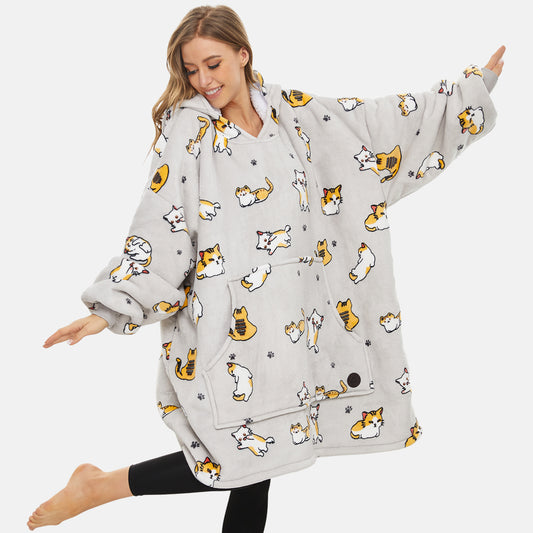
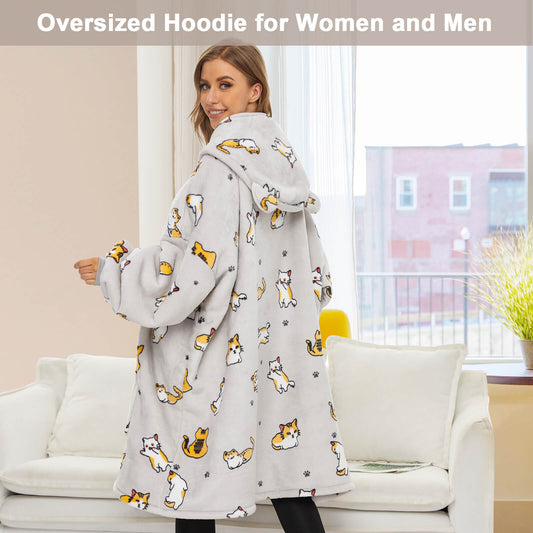
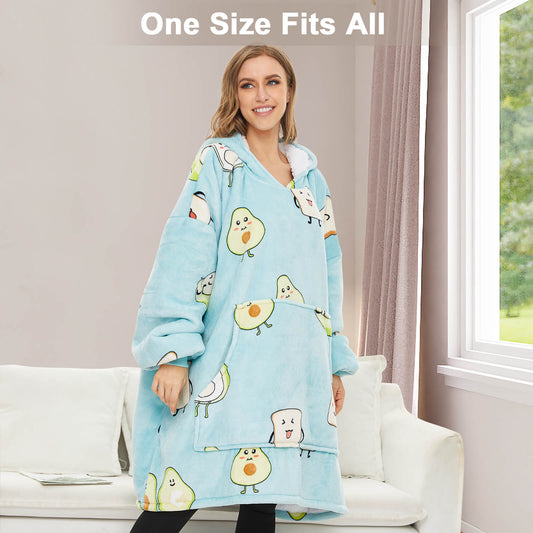
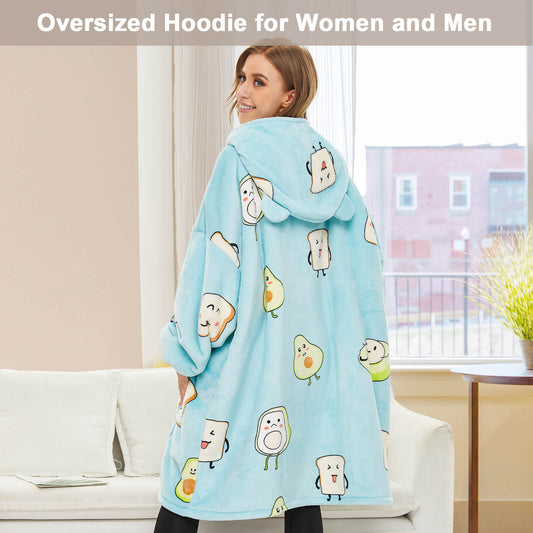
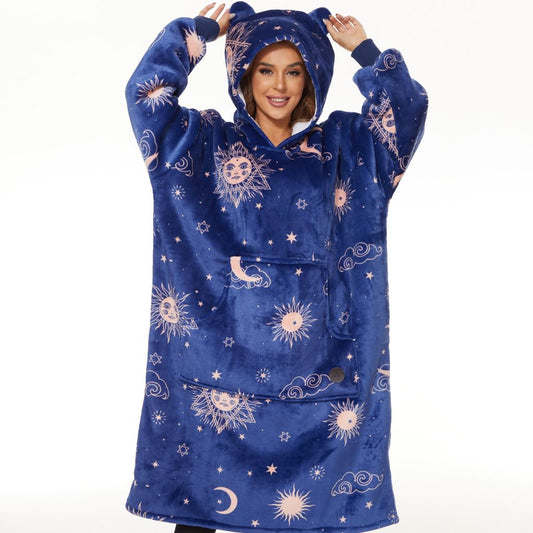
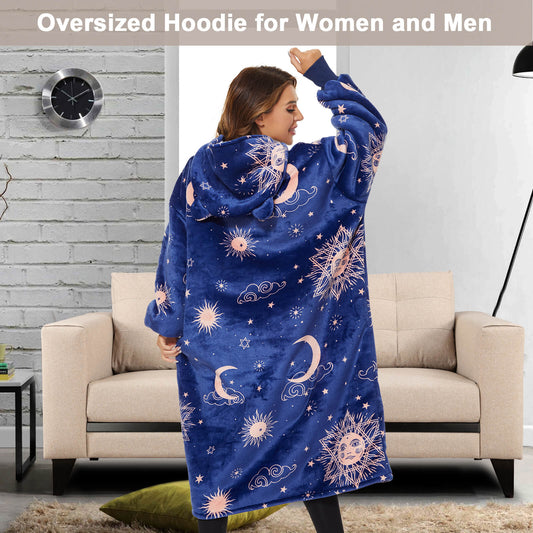
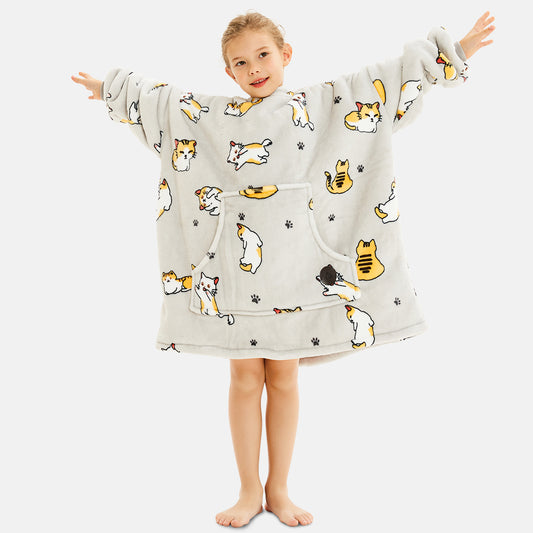
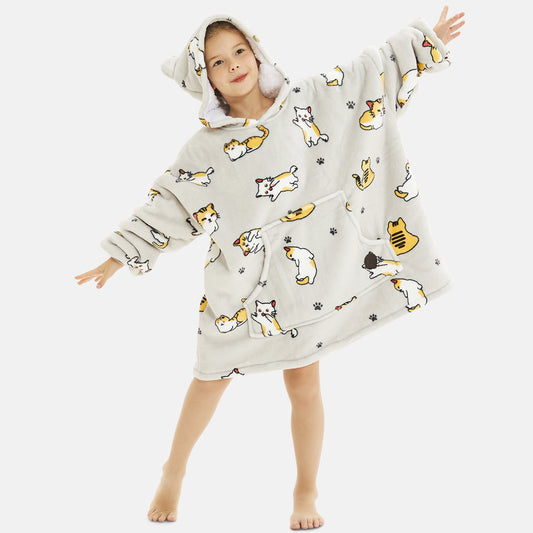
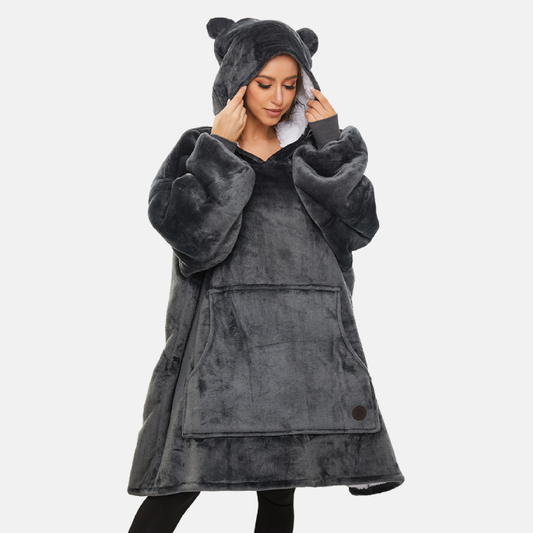
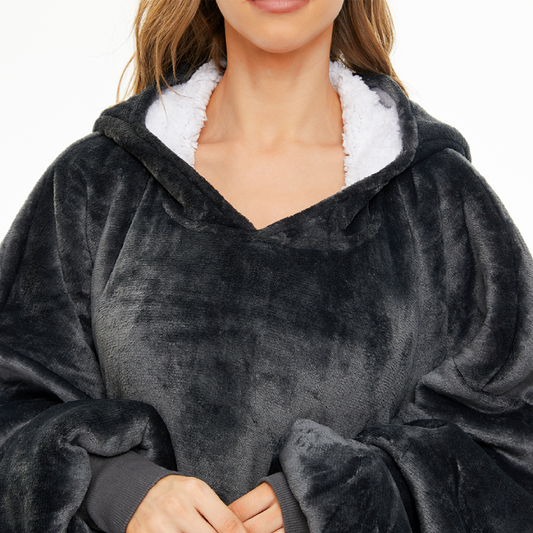
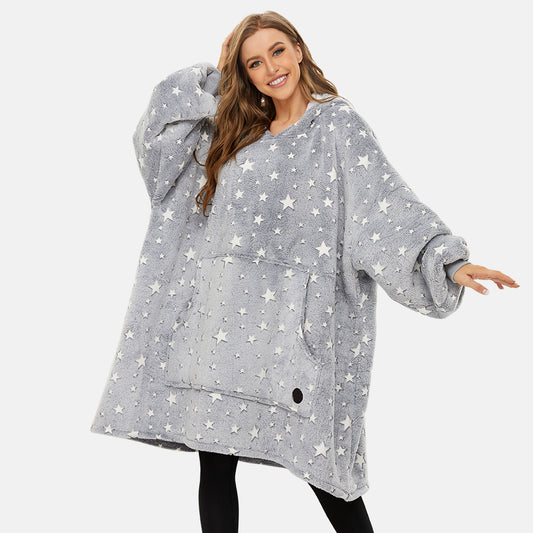
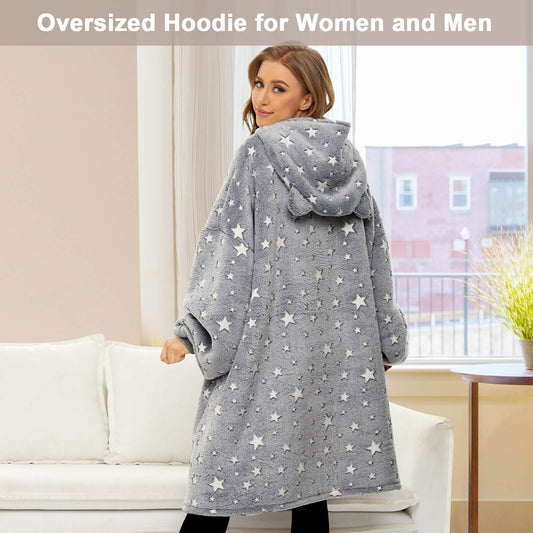
Leave a comment
Please note, comments need to be approved before they are published.